When Apple announces a new technology, it is under attack and accusations of counterfeiting, but something strange happened when the iPhone X was launched, which is that its main feature, "face print", was not criticized by technology companies. Why didn't Samsung appear as usual and say Apple was stealing from us technology? And why did we not see Google refer the matter to the courts because Apple copied it? What is the secret of this matter and why did the famous companies remain silent about criticizing or accusing Apple this time? You may know that faceprinting is not an ordinary technology, and you may know that faceprinting is not like any existing technology. And it's time for you to learn this, too.
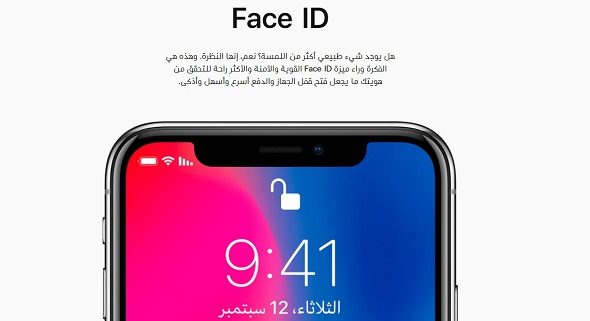
Android has been distinguished by that for years it has provided multiple means to unlock the phone, including the face, where you can use your face as an alternative to the passcode. So when Apple announced the Face ID feature, or as we call it in the Arab world, "face print", it was mocked and attacked by Android users who said what "I have a 1500 EGP phone that offers the same feature as the 20000 EGP iPhone." But the strange thing is that his company that made this phone for him and all the companies were completely silent and did not mock him like him.
Face print, not face photo
When we chose the Arabic term “face print” and not the literal translation of the “face identity” feature, we intended this matter because the feature works as a facial fingerprint. The Android feature is a “photo” of the face that the phone captures of your face and then compares your current photo to that recorded by it and then decides to unlock the phone for you or No. Therefore, it is easy to deceive this technology, and also if you change your appearance, put on glasses or the lighting is inappropriate, this feature loses its ability to recognize you, and for the same reasons, we do not know anyone who uses Android to do the face image feature, because it is simply impractical.
But this is not what Apple is doing and until we know how the face print feature works accurately, we have to know the three system that Apple relies on.

◉ High-intensity “Flood Illuminator”: It is a type of invisible lighting that detects the location of your face and identifies it even in the dark.
◉ "Dot Projector": After locating the face, the dot sensor sends more than 30 thousand points to your face.
◉ "Infrared Camera": It is an infrared camera, but it does not take personal photos, but rather captures the "30 thousand points" that the point sensor spread on your face.
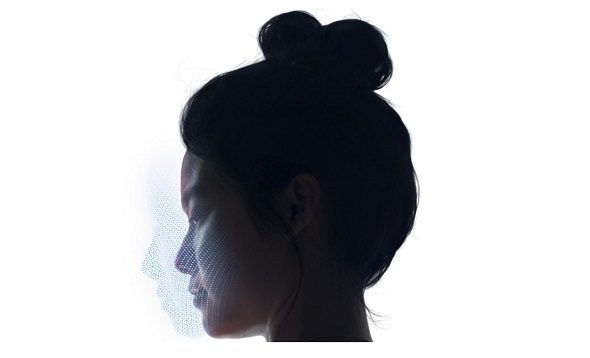
By using the three previous points, Apple draws a map of your face, not a picture of it, so you learn the shape of your face, its dimensions, the size of the mouth and the eye, and the protrusions, and this helps Apple in securing you greatly:
◉ Spoofing pictures: The image is two-dimensional 2D, while the map that Apple draws of your face is three-dimensional in 3D, that is, your mouth is closer to the camera than the ear, for example, so Apple's technology cannot be deceived by photographs.
◉ MasksThe traditional trick is to design a mask that resembles your face (or a statue), but imagine that your current face is divided into 30 points, and here the mask designer has to be extremely precise to deceive these details. So even high-resolution masks won't fool Apple's technology.

Apple mentioned several times at the conference that the feature "learns" your face and this is a response to the frequently asked question: What if I grow out my beard or lose weight and have a smaller face? Your face learns you, you use it on the phone almost every hour, and every time it monitors your face, analyzes it, recognizes the changes, and thus understands your face itself and knows how it looks if the chin continues to increase or it disappears, and if you wear glasses. This is in addition to the fact that the size of your mouth will not change if you lengthen your chin, as well as the distance between your eyes and the fine details of your face. That is, the phone recognizes you with a face map and also understands how changes will affect this map.
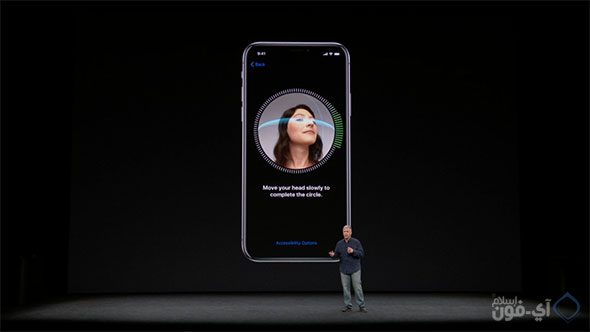
Another important feature is that the feature works in any circumstance and at any time, directly, at an angle, or at night or during the day. Any position will make it work and you are not obligated to exactly match the image.
Artificial intelligence
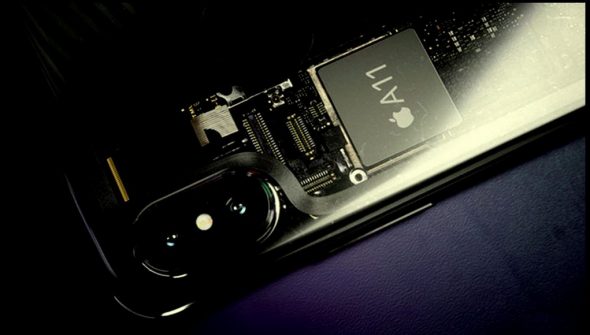
Now to know the difference between a face print and a face image, but not only that, Apple's technology to recognize your face print is smart and a special processor for artificial intelligence and machine learning has been developed to know the circumstantial variables that may occur to you, for example if a girl wears the veil or is without a veil, if You suffered a wound or appeared on you the effects of acne, this matter is different from the daily changes that happen to you, this is a circumstantial change, and your device has been trained to calculate these changes and learn from thousands of faces to monitor these changes and not be affected by them. This is really what distinguishes the face print technology, and it will be very difficult for other companies to imitate it with the same efficiency.
Conclusion
Different companies, whether Samsung, Huawei, as well as Google, know that this feature is a different new technology. The public see it as the same feature, but this is not the case, and the professionals and specialists know this and did not compare it with the antique Android feature, but the only comparison was with the Samsung Iris feature in the Note and S8 phones. The question that has been discussed among the specialists is whether this feature is more secure than the fingerprint or similar, or worse and are we at risk? This is what we will talk about in a later article.
Is it time to tell your friends about this new technology and explain it to them?
Source:
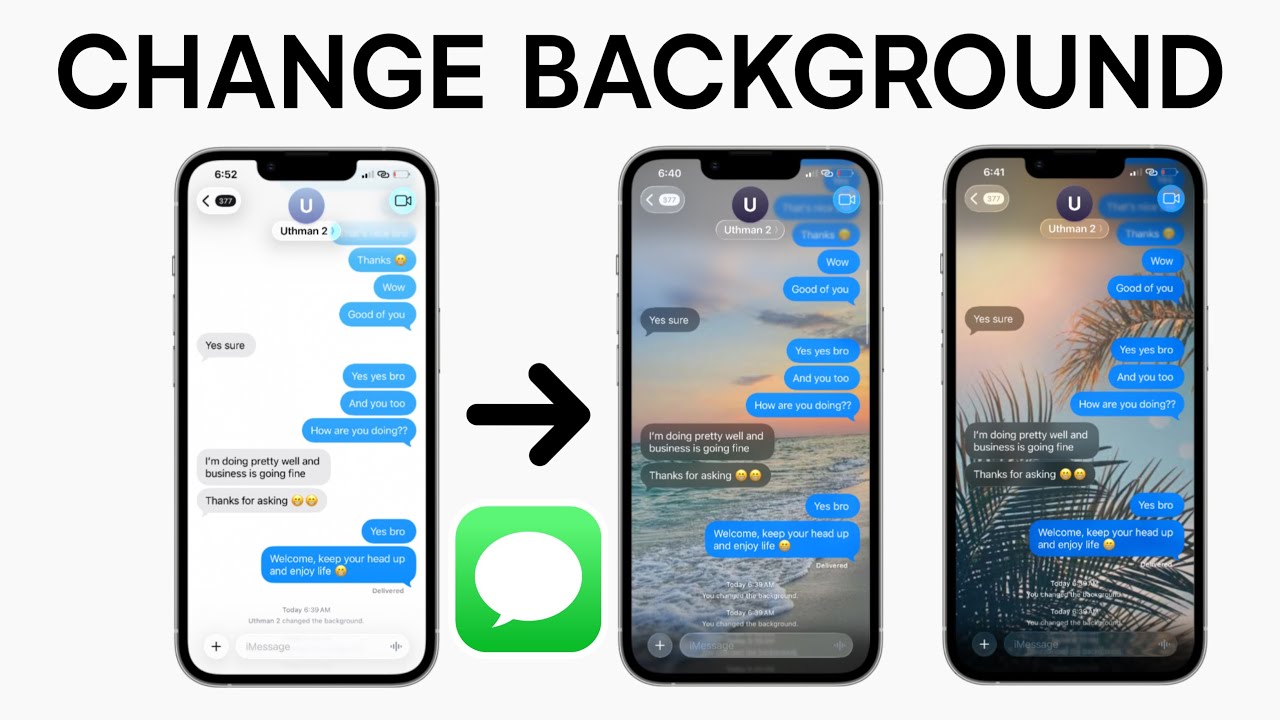
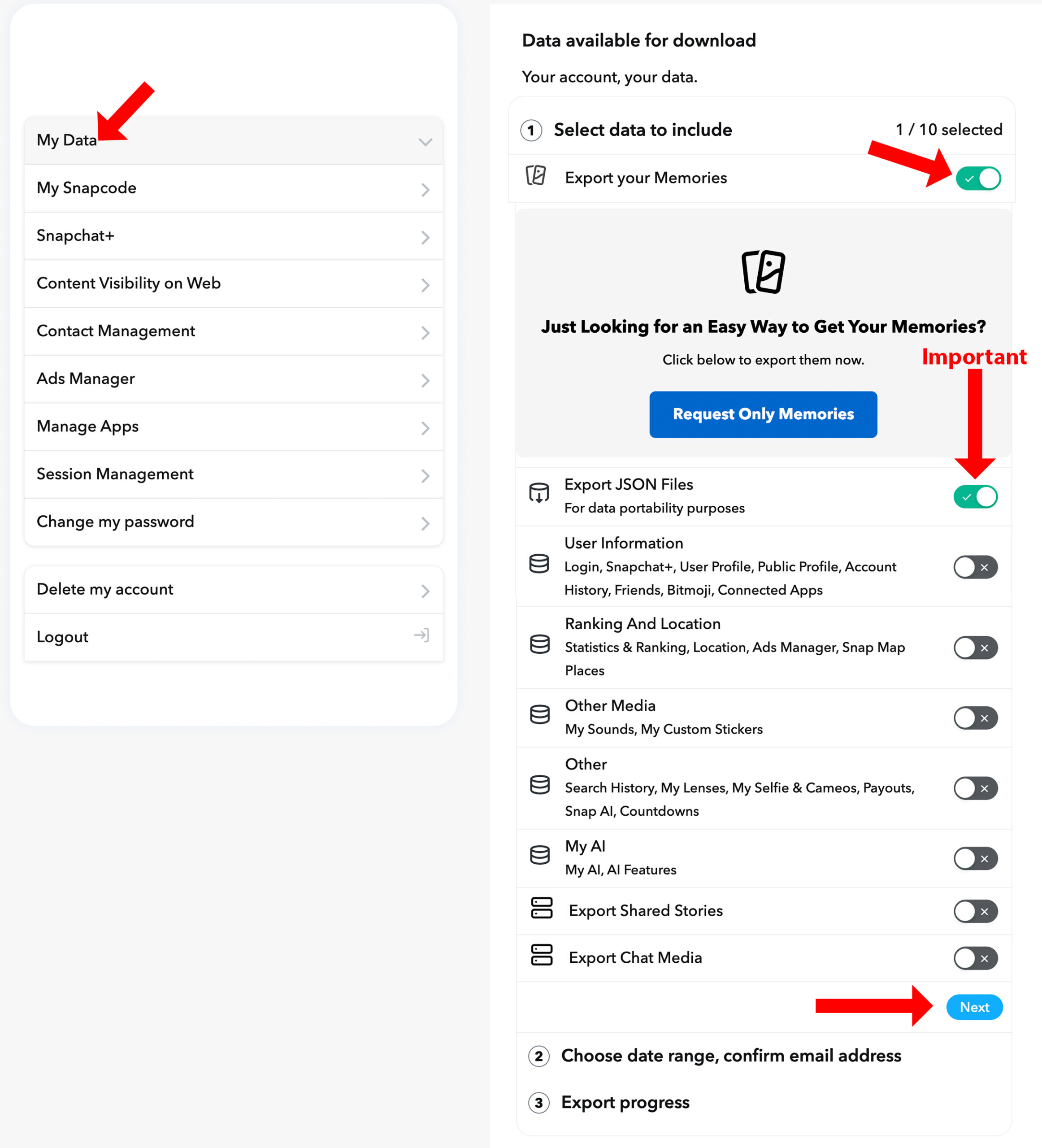
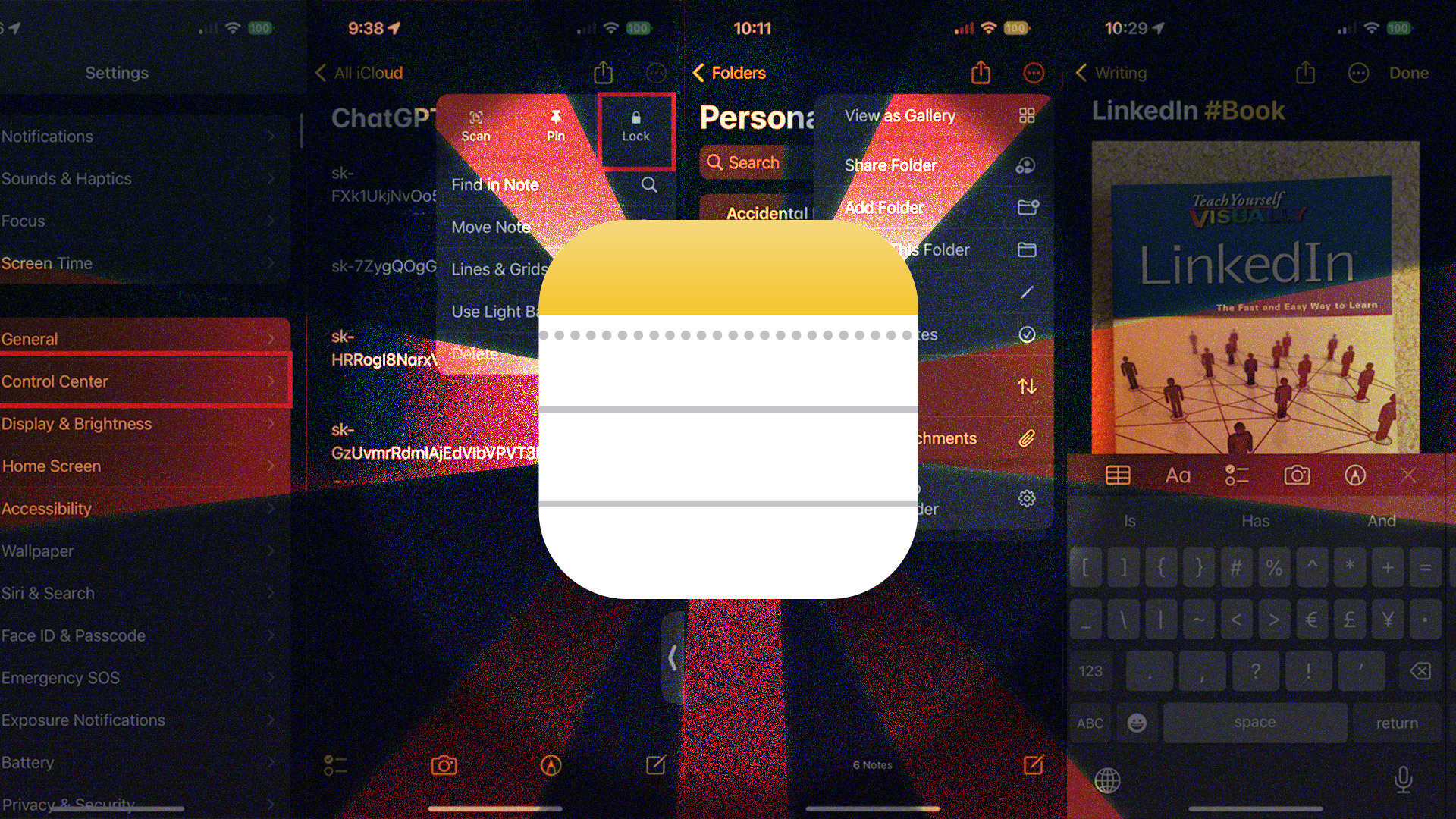
140 comment